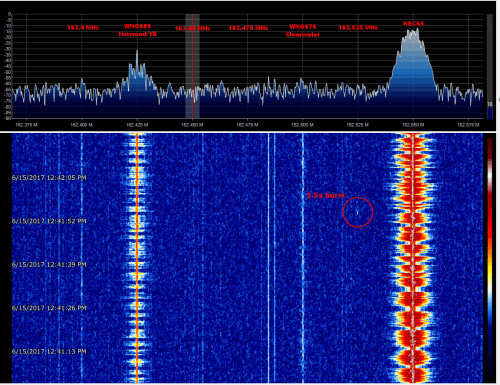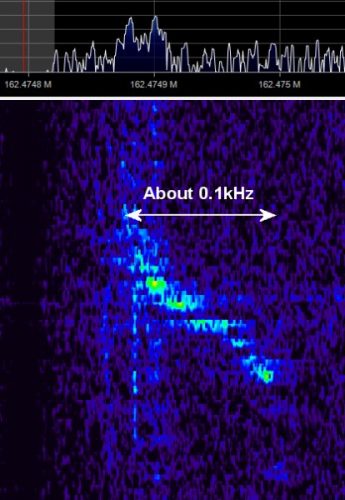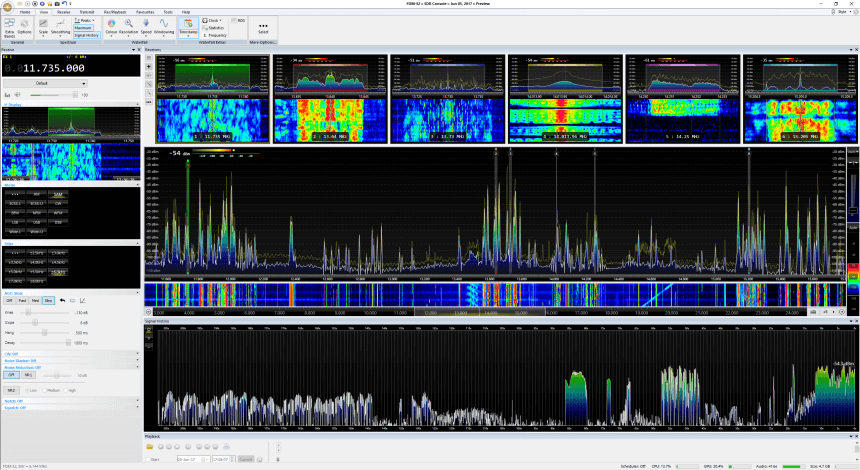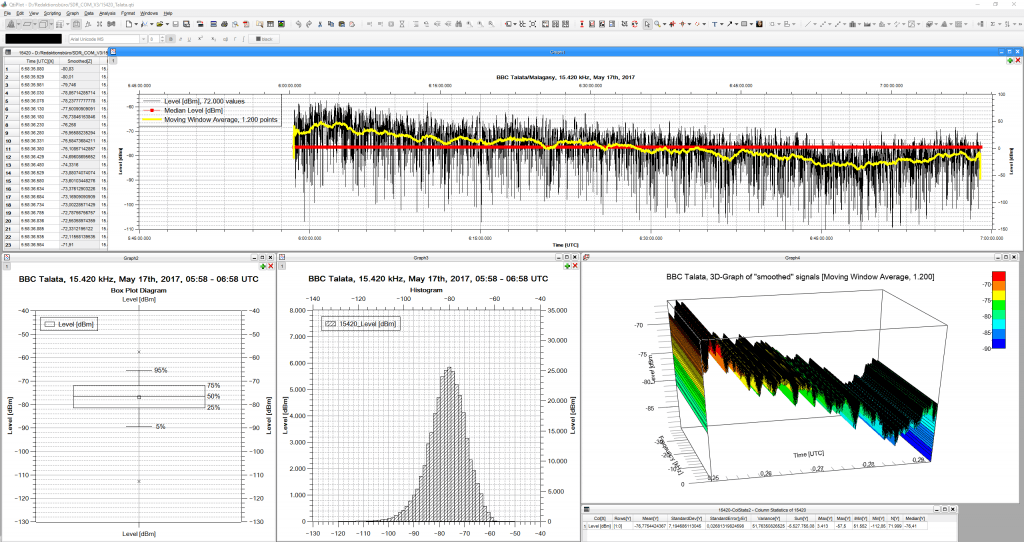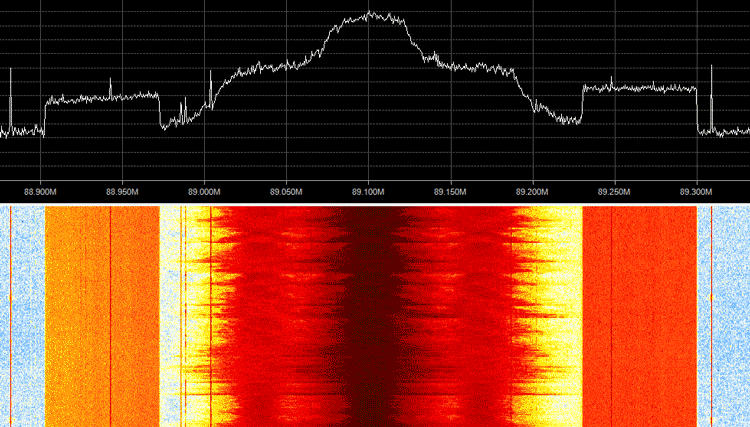Asking an Amazon Echo to Spot Planes with help from an RTL-SDR and Raspberry Pi
Amazon Echo is a smart home device which is essentially a hands free speaker that responds to voice commands in a similar way to ‘Okay Google’ and Siri does on your phone. With voice commands you can ask it to do things like play music, make a call or send a message, answer any question, control smart home devices like fans and locks and order items from Amazon.
Over on his blog Nick Sypteras has written about teaching his Amazon Echo a new ‘skill’ which allows it to automatically detect and read out what aircraft is flying outside his window, and where it is going. A skill is basically a plugin that you can code up to give your Amazon Echo new voice command functions and behavior.
The Echo skill gathers the live local ADS-B plane data via dump1090’s json output which runs on a networked Raspberry Pi with RTL-SDR dongle attached. The data is loaded into a database, which is then queried for the closest plane to the Echo’s location. Finally the program scrapes the closest flights departure and arrival data from FlightRadar24 before speaking it through the Echo’s speaker. Nicks code is freely available over on his GitHub page.
This project reminds us of a previous post where we posted about Simon Aubury’s work in creating a Raspberry Pi and RTL-SDR based aircraft camera tracking system. Simon’s system used live ADS-B data to point a camera directly at aircraft as they passed over his house.
It also reminded us of this British Airways video billboard that was popular a few years ago. The ad featured a young boy who would point directly at passing aircraft with text displaying the flight information. They used a commercial networked ADS-B device to gather live ADS-B data (internet based ADS-B data from sites like flightradar24.com has a time lag, so it is not suitable for time sensitive applications like this), and whenever a passing British Airways aircraft was detected the ad would play.
